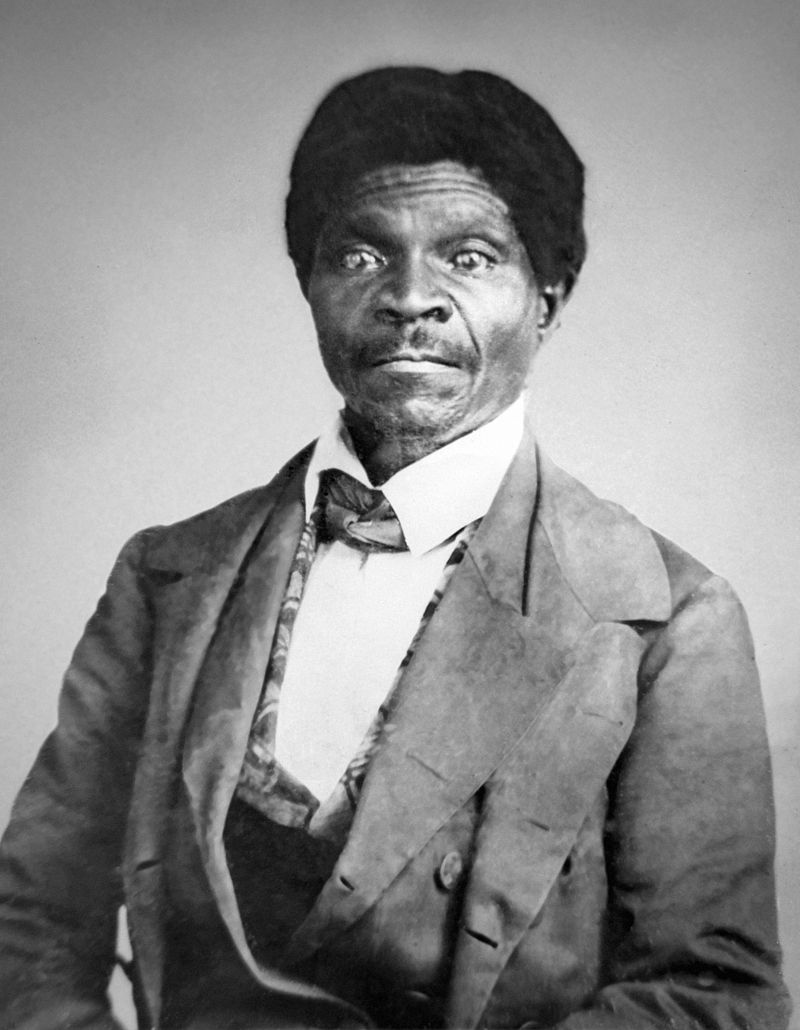U.S. history is packed with all kinds of events, both spectacular and horrifying. Each of them has shaped the country over the course of history into what we know it to be today. America has gone through wars, slavery, stock market crashes and even had its very own internment camps. Some of the decisions made by the country’s government has led to unbelievably devastating consequences that can still be felt today. Here are the 10 worst moments in US history that have changed everything.
The Trail of Tears
1838 was the year that witnessed the Trail of Tears, a massive relocation of Native Americans that were moved from their homelands to the Indian Territory (today’s Oklahoma) located in the western part of the United States. Members of Creek, Cherokee, Choctaw and Seminole nations died by thousands suffering from disease, exposure and starvation. 4,000 Cherokee Indians died on the journey and never reached the new land. All in all, 46,000 Native Americans were removed from their homelands to open 25 million acres of territory for the new American settlements.

The Dred Scott Decision
In 1857, the United States Supreme Court stated that people of African descent that were imported into the United States and kept as slaves, as well as their offspring (whether they were slaves or not) – could never become citizens of the U.S. and had no Constitutional rights whatsoever. The United States Congress was also made powerless to prohibit slavery in federal territories.

Black Tuesday
In 1929, during what is now being called the Black Tuesday, the massive stock market crash triggered the Great Depression which engulfed the whole world. Unemployment has reached critical levels with over 25% of Americans out of work and trying to make ends meet, while crop prices dropped by around 60% hitting rural areas and farming very hard.

The KKK Marches in Washington
In 1929, Washington was taken over by the Ku Klux Klan white supremacist movement that marched down Pennsylvania Avenue in broad daylight clad in robes, but without wearing masks. The article in the Times stated that the marchers had received a ‘warm reception’. This event symbolized ‘the Nadir of Race Relations’, a horrifying era that lasted from 1890 till around 1940. It’s been the most racist period for the U.S., characterized by violence and white supremacist alterations of history.

Internment Camps
In 1942, the U.S. government sent thousands of Japanese-American citizens to Internment camps. By the order signed by Franklin D. Roosevelt, more than 120,000 AJA’s (Americans of Japanese Ancestry) were held in those camps during the whole war. 62% of them were second-generation, American-born citizens of the U.S. (Nisei) or third-generation Japanese American (Sansei); the rest were first-generation Japanese American and Japanese immigrants (Issei).

The bombings of Hiroshima and Nagasaki
In 1945, in order to make the Japanese surrender, the decision was made by President Harry Truman to bomb the city of Hiroshima using these new highly powerful weapons. Nuclear bomb ‘Little boy’ laid waste to the whole city, killing 80,000 people on the spot, with thousands dying later from radiation and injury. Just a few days later, ‘Fat Man’ was dropped on Nagasaki, destroying 73,884 civilians, with the same number of injured and thousands dying later from illness caused by radiation. The argument went that the Japanese were not likely to surrender and an additional million casualties would be suffered by the U.S. and her allies as well as millions of Japanese citizens. The use of the two bombs proved a psychological impetus to the Emperor to spare his people and surrender. Truman never regretted the use of the bombs.

Vietnam
Starting from 1950, the United States entered what was initially a Civil War. Beginning in the 1960s, the U.S. involvement escalated with more and more troops sent to Vietnam. The war had taken its toll on all the parties: over 3 million Vietnamese died on both sides, up to 2 million Cambodians and Laotians perished, and over 58,000 of U.S. soldiers lost their lives in Vietnam. A peace agreement was negotiated when new President Richard Nixon took office, ending a disappointing chapter in American history. The fall of Saigon as the Americans withdrew in 1975, marked the end of the Vietnamese war.

9/11
On September 11, 2001, America faced one of the most blatant terrorist attacks in human history. Coordinated by the Islamic extremist group al-Qaeda, the attack destroyed the Twin Towers of the World Trade Center and triggered the War on Terror and the invasion of Afghanistan. 2,996 people were killed during the attacks and 6,000 were injured. Four airliners were hijacked by the terrorists and used to hit the World Trading Center in New York and the Pentagon building in Washington.

Iraq
Alleged reports of Iraq possessing weapons of mass destruction (WMDs) triggered the infamous ‘Invasion of Iraq’ in 2003. Millions of lives have been shattered, yet no weapons were found. In 2005, the Central Intelligence Agency admitted they’ve made a mistake and there have been no WMDs in Iraq in the first place. President Bush confessed that the war in Iraq has been the biggest regret of his presidency.

